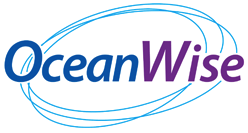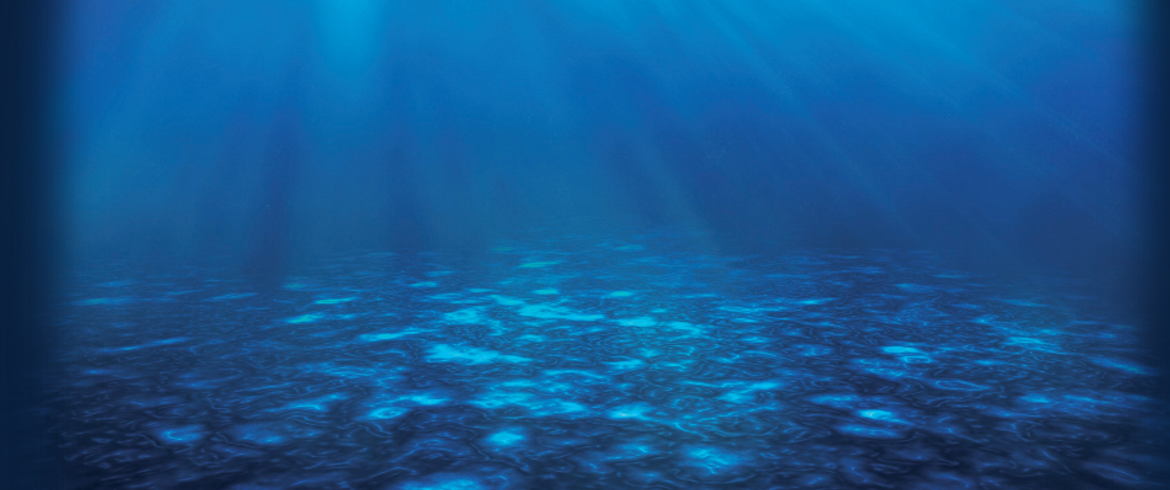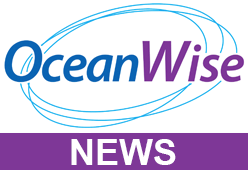
When we talk about sea level rise, most people picture water creeping higher along our coasts. But there’s another factor at play that’s less obvious — the ground itself can move too. That’s where GNSS levelling (Global Navigation Satellite System) comes in. It’s helping scientists, marine operators and engineers make environmental data, such as tidal data, more accurate than ever before.
Traditional tide gauges measure how high the sea surface is relative to the land they sit on. The challenge? Land isn’t always stable. Over time, the ground can sink (subsidence) or rise (uplift) due to natural or human causes. Without correcting for this, tide gauges might suggest the sea is rising or falling when it’s actually the land that’s moving.
GNSS levelling solves this by constantly tracking the vertical position of the tide gauge itself. This means that any changes recorded truly reflect the movement of the sea, not the shifting ground.
GNSS doesn’t just measure movement — it ties tide gauge readings to a global reference frame. This creates a consistent baseline that allows scientists around the world to compare data from different locations confidently.
With GNSS in place, any ground movement can be corrected for in real time, leading to greater confidence in the accuracy of sea level observations.
Modern GNSS techniques are incredibly precise. When used alongside traditional tide gauges, they can measure daily average water levels with 2–3 cm precision, and in some cases even better.
By filtering out random noise and improving data consistency, GNSS-backed systems ensure that what we see in the record is the true signal — not the static.
Combining GNSS and tide gauges provides a stable, trustworthy record of sea level change. This long-term accuracy is vital for tracking trends, understanding coastal processes, managing operations, informing climate policy and coastal management.
As sea level rise continues to shape our coastlines, GNSS levelling gives scientists, planners, and engineers a clearer, more reliable picture of what’s really happening — both above and below the surface.
OceanWise have been undertaking GNSS levelling across the globe. If you’d like to explore how GNSS levelling could support your operations or your next project, please get in touch.
Back to News



